50 architects of the electric guitar
We celebrate the pioneers whose envelope-pushing ideas changed the face of the electric era of guitar playing
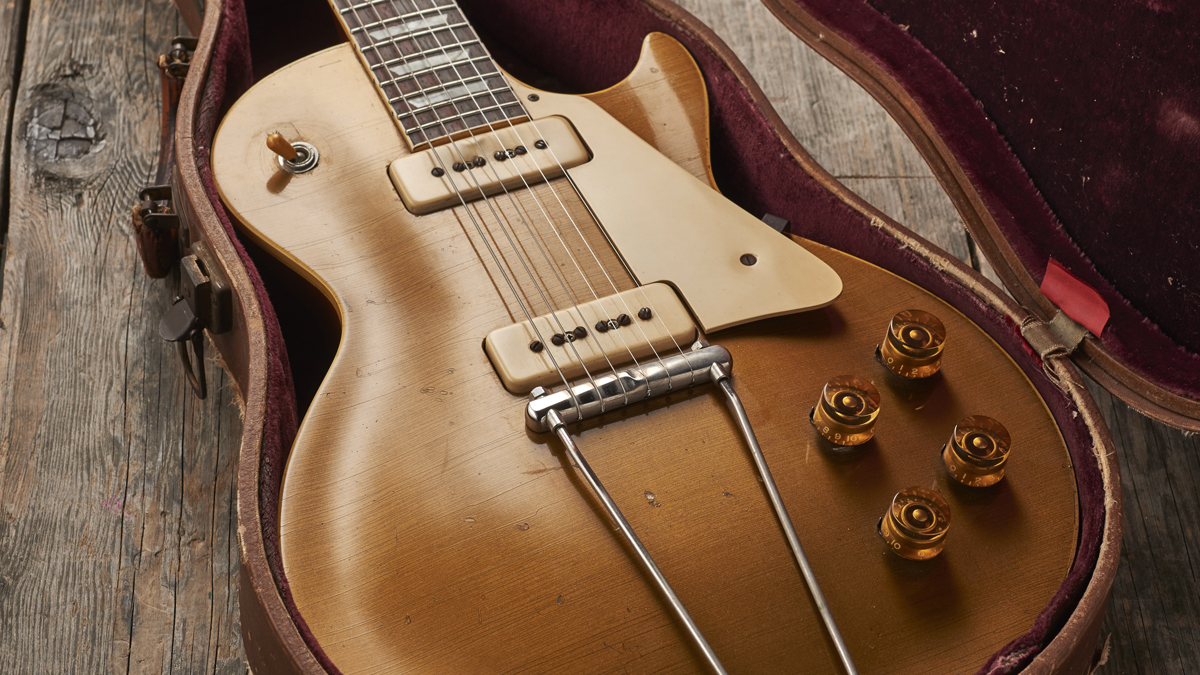
Unplugged acoustic may be the fundamental voice of the guitar, but its most viscerally exciting sounds are all electric.
Brought in when radio, powered flight and the internal combustion engine were still new technologies, the electric guitar was designed to give guitarists the chance to be heard above the rest of the band.
As such, the pursuit of volume seemed to partner with the pursuit of speed, altitude and horsepower that defined the technological leaps of the era. The electric guitar was as exciting as any jet aircraft or car, however, and the ability to make the guitar properly heard allowed it to come out from the shadow of other stringed instruments – notably the banjo – and emerge as the instrument of the rock ’n’ roll era.
That’s why, as the electric guitar celebrates its 90th anniversary, we’ve compiled 50 pioneers of electric guitar design, a list of movers and shakers that includes masters such as Leo Fender, plus some lesser-known figures, whose contributions to the evolution of the electric guitar may surprise you.
In alphabetical order, we salute the pioneers whose envelope-pushing ideas have changed the face of the electric guitar…
1. Bill Aitken
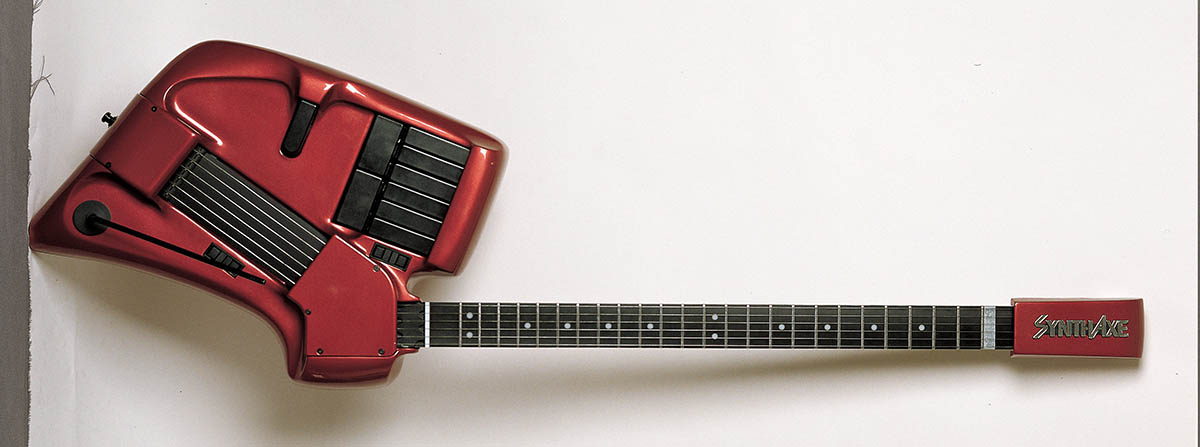
The SynthAxe was an 80s British invention, designed by Bill Aitken, Mike Dixon and Tony Sedivy, and it set out to reimagine the guitar synthesizer.
Looking like a futuristic spaceship, it dispensed with regular pitch-to-voltage converters and instead sensed every nuance of the required non-standard playing techniques and converted these to MIDI. The Synthaxe cost around £6,000, and fewer than 100 were sold.
Get The Pick Newsletter
All the latest guitar news, interviews, lessons, reviews, deals and more, direct to your inbox!
2. Larry Allers
An unsung hero, Larry Allers was an important ideas man at Gibson’s HQ in Kalamazoo, where he began working during the 30s. He was promoted to head the firm’s woodworking department following the success of the Les Paul Goldtop in ’52, and Larry likely also spearheaded the original development and design of the SG, Flying V, Explorer and ES-335.
3. Dan Armstrong
In the late 60s, Ampeg hired Dan Armstrong, a New York guitar repairer, to design a guitar and bass to partner its amplifiers. Dan carved the distinctive bodies of the Ampeg See-Throughs from clear Lucite, and Bill Lawrence’s interchangeable pickups added to the unorthodox vibe. However, the plastic led to problems with weight and tuning instability, and Dan’s See-Throughs were gone by 1971.
4. Paul Barth
A pioneer on America’s West Coast guitar scene of the 30s, Paul Barth helped create some early electric guitars and the first electro-magnetic pickup. Into the 50s, he worked at Rickenbacker, his own Barth company and Magnatone. In ’64, he set up Bartell, where the product line included an unusual and short-lived fretless guitar.
5. Travis Bean
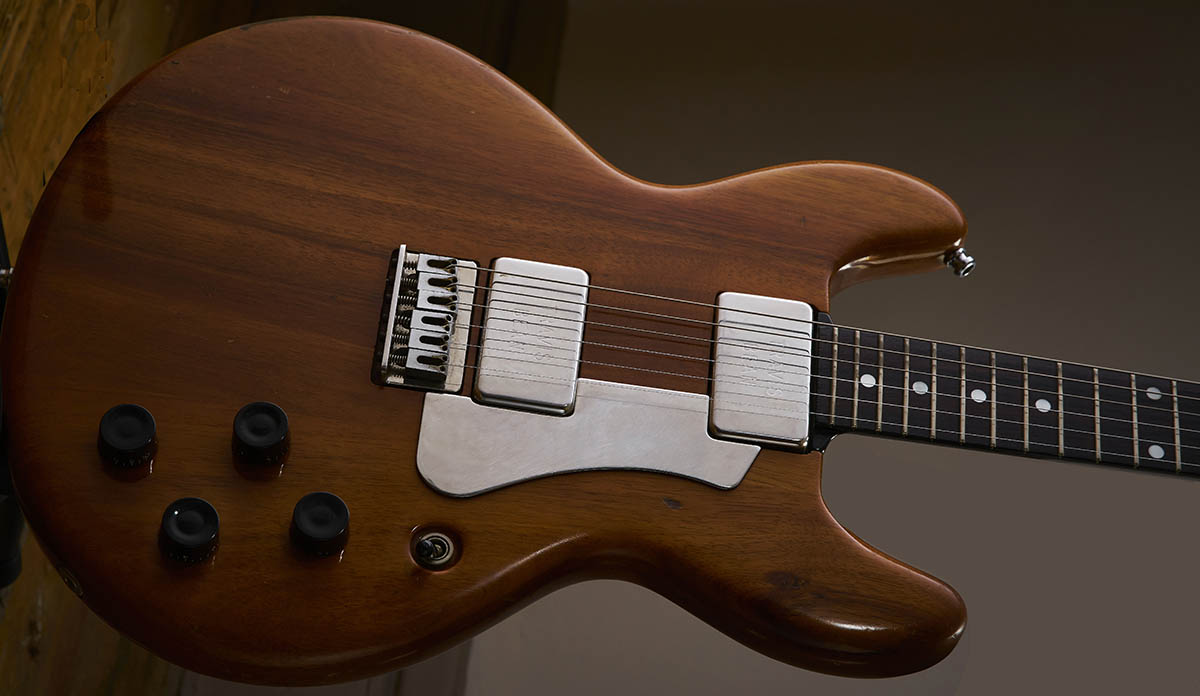
When Travis Bean aluminium necks on the guitars he produced in the 70s in California with his partners Marc McElwee and Gary Kramer, he intended the material to provide consistent rigidity, reduced vibration and good sustain. His through-neck assembly, with pickups and bridge attached, had a T-frame headstock, the whole completed with a wooden body. Travis’s company lasted to the end of the decade.
6. George Beauchamp
At the early Rickenbacker companies Ro-Pat-In and Electro, George Beauchamp’s pioneering work led to the A-series lap steels of 1932. These ‘Frying Pans’ were the first production guitars with electro-magnetic pickups – George’s ‘horseshoe’ design.
Next came the Rickenbacker’s Bakelite models of ’35, including the Spanish, the first commercial regular-style solidbody electric. George left the firm in 1940, but died shortly afterward.
7. Vinnie Bell
Danelectro joined with session guitarist Vinnie Bell in 1962 to design the Bellzouki, an electric 12-string inspired by the traditional Greek bouzouki.
The one-pickup 7010 looked somewhat like a bouzouki, with a large-mandolin-like rounded body, while the two-pickup 7020 was a little more ornate.
Danelectro claimed in its catalogue that the Bellzoukis evoked the mysterious charm and flavour of remote times and places.
8. Paul Bigsby
While he’s best known for his vibrato unit, Paul Bigsby’s most famous instrument was the solidbody he built for Merle Travis.
Completed in 1948, it influenced some aspects of Leo Fender’s later Broadcaster. Paul made a neck-through-body electric for Les Paul around the same time, as well as early double-cutaway electrics, and in 1952 he built the first solid electric double-neck.
9. Dick Burke
At Rickenbacker, Dick Burke designed the firm’s ingenious 12-string headstock. Needing to fit 12 tuners on to a standard-size head, he kept six regular machines, three-a-side, then routed two parallel channels in the head’s face, attaching the second set of tuners at 90 degrees to the first, the keys facing backwards. The Rick 12 head, first seen in 1964, is still going strong today.
10. Jim Burns
Burns London was established in 1959, and Jim Burns’ most distinctive guitar was the Bison of ’61. Its sculpted body had a pair of forward-sloping cutaway horns and there was an impressive vibrato, gold-plated metalwork, a patented gear box truss-rod system and low-impedance pickups.
The Burns company was bought by Baldwin and went through changes in the 70s, and Jim ceased guitar making in the 80s.
11. Ray Butts
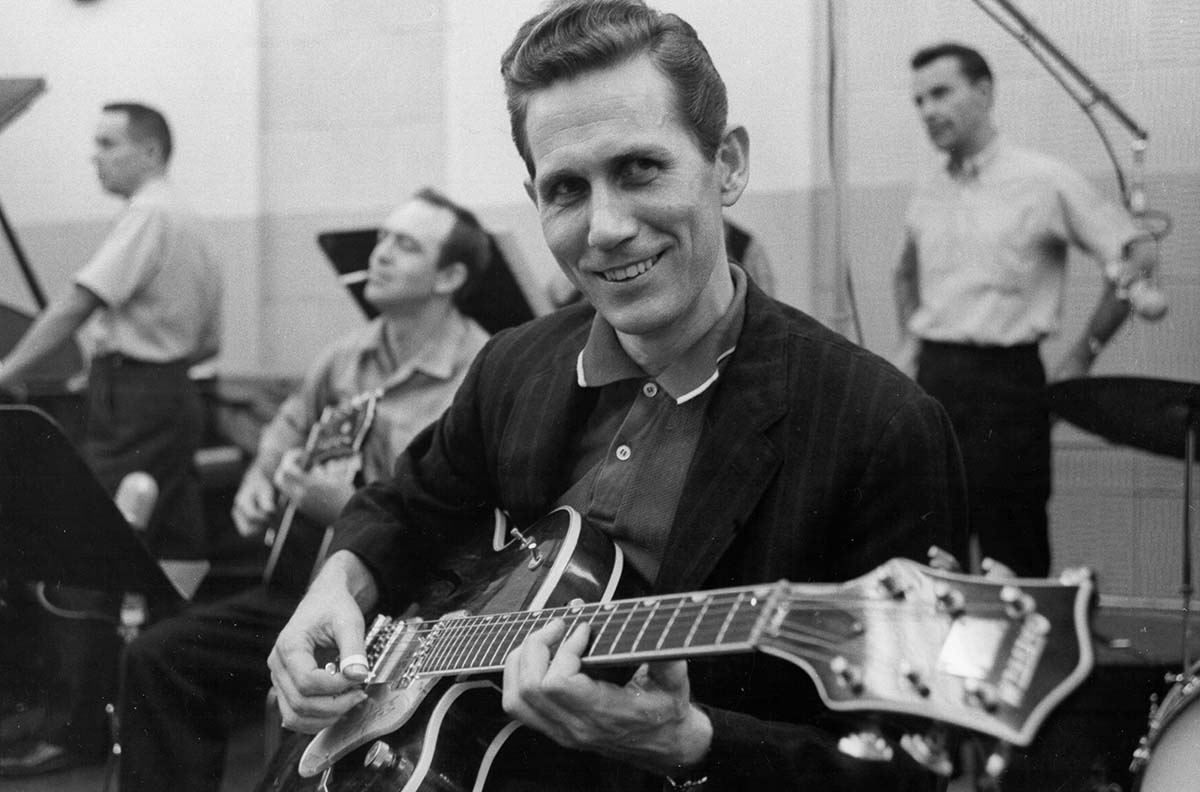
In the 50s, Chet Atkins asked Ray Butts to make an improved pickup for his Gretsch signature model. Ray ran a music store in Cairo, Illinois, and built an impressive combo amp with the unusual facility of built-in tape echo, and Chet used one. Ray came up with the Filter’Tron humbucker, which Gretsch introduced in 1958, around the same time as Gibson’s take on the humbucking idea.
12. Bill Carson
Leo Fender had an ear open for what musicians wanted, and Bill Carson – a local Western swing guitarist – sought improvements to his Telecaster. It’s likely that Bill’s request in the early 50s for a guitar that “fit like a good shirt” helped the team at Fender develop the new Stratocaster’s Original Contour Body with its comfortable scoops and curves and slopes.
13. Walter Churchill
Valco, which produced the National, Supro and Airline brands, introduced guitars with fibreglass bodies in the early 60s.
Walter Churchill was the key engineer for the new guitars, called the Res-o-Glas models. Production problems and costs hindered further development – and anyway, by 1968 Valco had gone, scuppered by the unwise purchase of the ailing Kay company.
14. Vince Cunetto
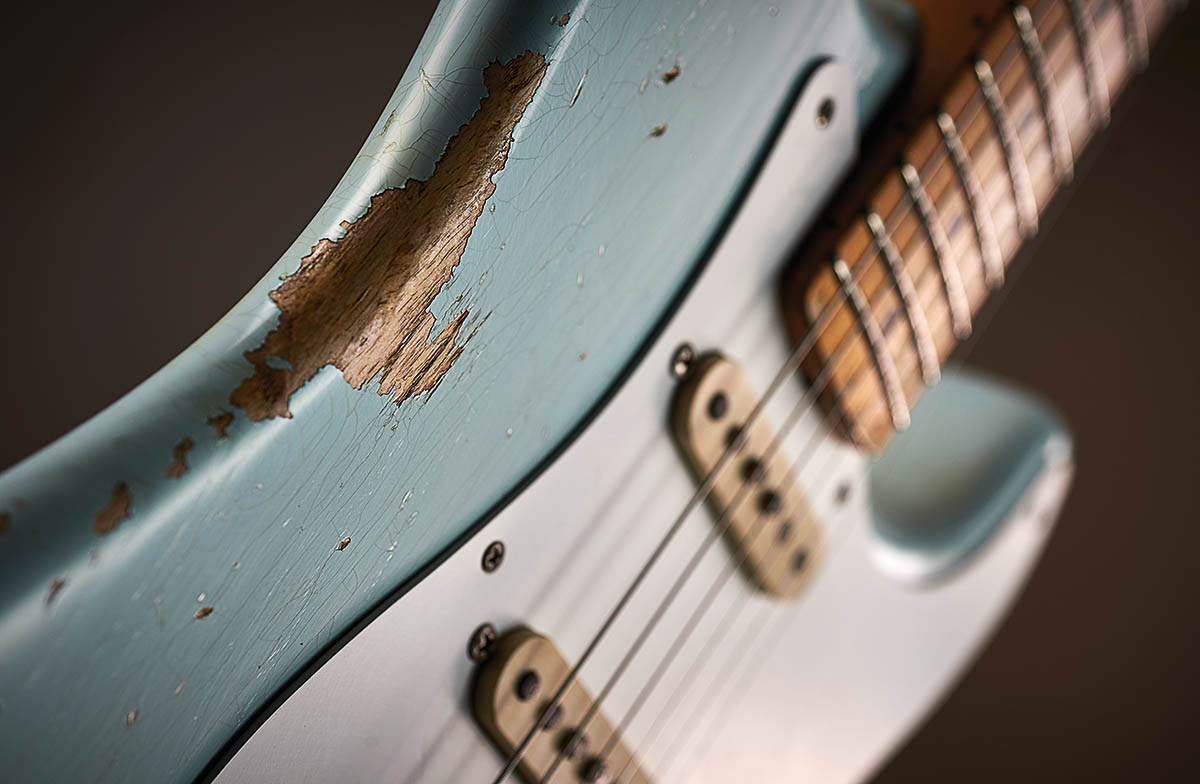
Relic guitars – new instruments aged to look older – were popularised by Fender in the 90s. At first, Vince Cunetto produced them off-site at his Missouri workshop from parts supplied by Fender.
A few years later, production moved entirely to Fender’s Custom Shop. Vince once estimated that from 1995 to ’99 he made 4,800 aged Fenders – which prompted a whole new industry in faux-old axes.
15. Nat Daniel
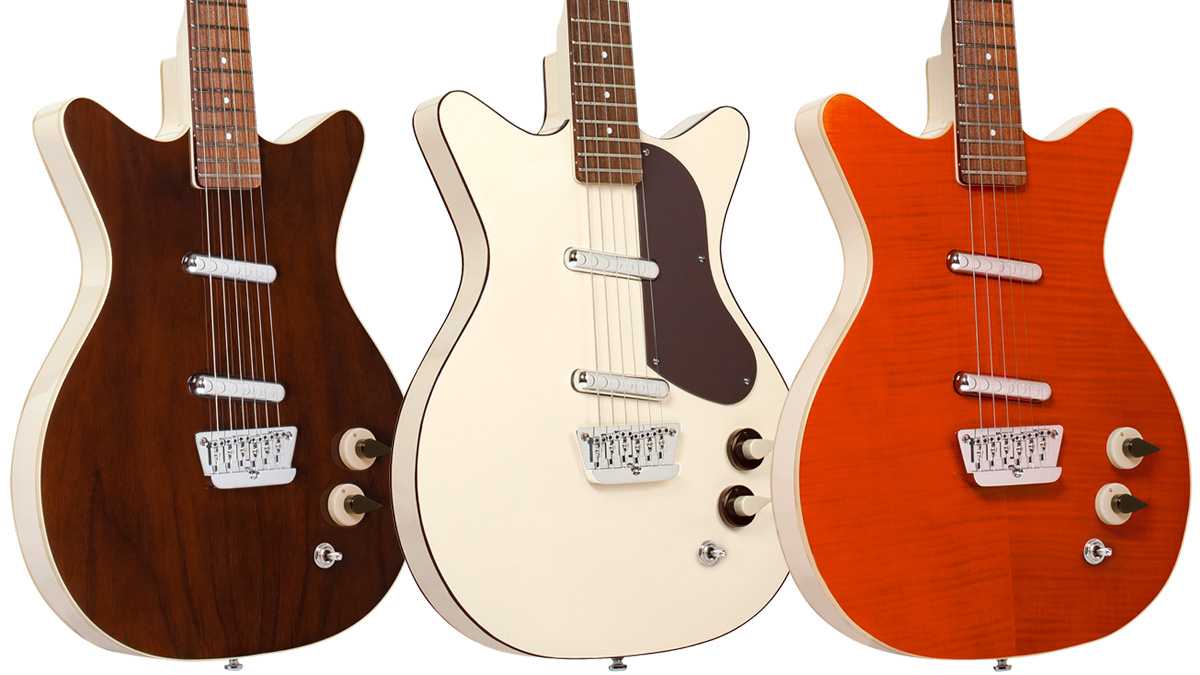
Danelectro was founded in New Jersey in 1946 by Nathan Daniel, at first making amps. In ’54, he added guitars, some branded Silvertone for the Sears, Roebuck mail-order firm.
Nat’s instruments maintained his emphasis on cheap materials (notably pine and fibreboard) and simple production methods, and included the U-1, U-2, Long Horn and Short Horn, 12-strings, doublenecks and six-string basses.
16. Jol Dantzig
Paul Hamer and Jol Dantzig started with a hybrid Explorer-Les Paul a colleague had made, morphing it into their first Hamer-brand model, the Standard.
Next was the Hamer Sunburst, in 1977, based on a Les Paul Junior with maple top and DiMarzio humbuckers. Jol demonstrated that vintage-style constituents in a new guitar could attract contemporary players, while the big two brands floundered.
17. Harry DeArmond
Bud Rowe of Rowe Industries teamed up with Harry DeArmond in the 1930s to manufacture pickups and, later, effects.
Harry’s designs included the first commercial retrofit pickup – and the later Rhythm Chief, with its clamped rod and integrated controls, was a popular version. In the late 40s, he devised one of the first guitar effects pedals, the DeArmond Trem-Trol No. 800 tremolo.
18. Russ Deaver
The first electric 12-string was introduced as one half of an oddball doubleneck guitar, the Stratosphere Twin, designed around 1954 by brothers Russ and Claude Deaver.
The lower neck was a regular six-string, the upper a 12-string tuned unusually to provide a harmony two-guitar lead sound. The Twin was ahead of its time, but the Stratosphere firm had gone out of business by 1959.
19. Dick Denney
Better known for the AC30 and other Vox amps, Dick Denney devised a variation of Vox’s Phantom known as the guitar-organ.
First marketed in 1964, its frets had special contacts connected to part of the innards of a Vox organ built into the body. However, it was difficult to play – the neck was wider at the nut than the body – and proved short-lived.
20. Ray Dietrich
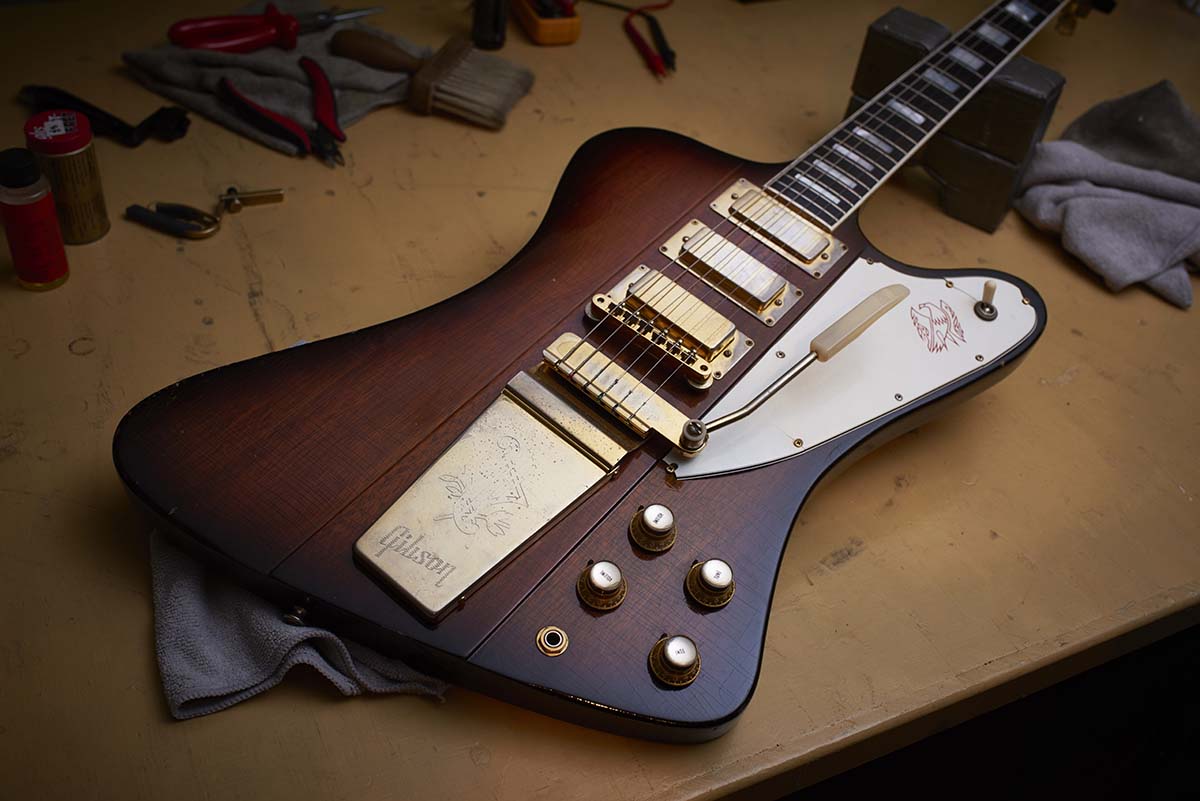
Gibson brought in Ray Dietrich, a legendary car designer, to style the company’s new Firebird models of 1963.
Unusually for the brand, the ’birds had through-neck construction. Their offset body shape – something like an Explorer with curves – became known as the ‘reverse body’ style. Production problems and head/neck weaknesses led to a revised ‘non-reverse’ design, which replaced the original versions in 1965.
21. Larry DiMarzio
Replacement pickups came to the fore in the 70s, and Larry DiMarzio’s company in New York was responsible for much of the action.
One of the first DiMarzio pickups was the Super Distortion, which was introduced around 1972 after Larry noticed that some players, dissatisfied with the new units available from Gibson and others, wanted to retrofit a more powerful and responsive pickup.
22. Leo Fender
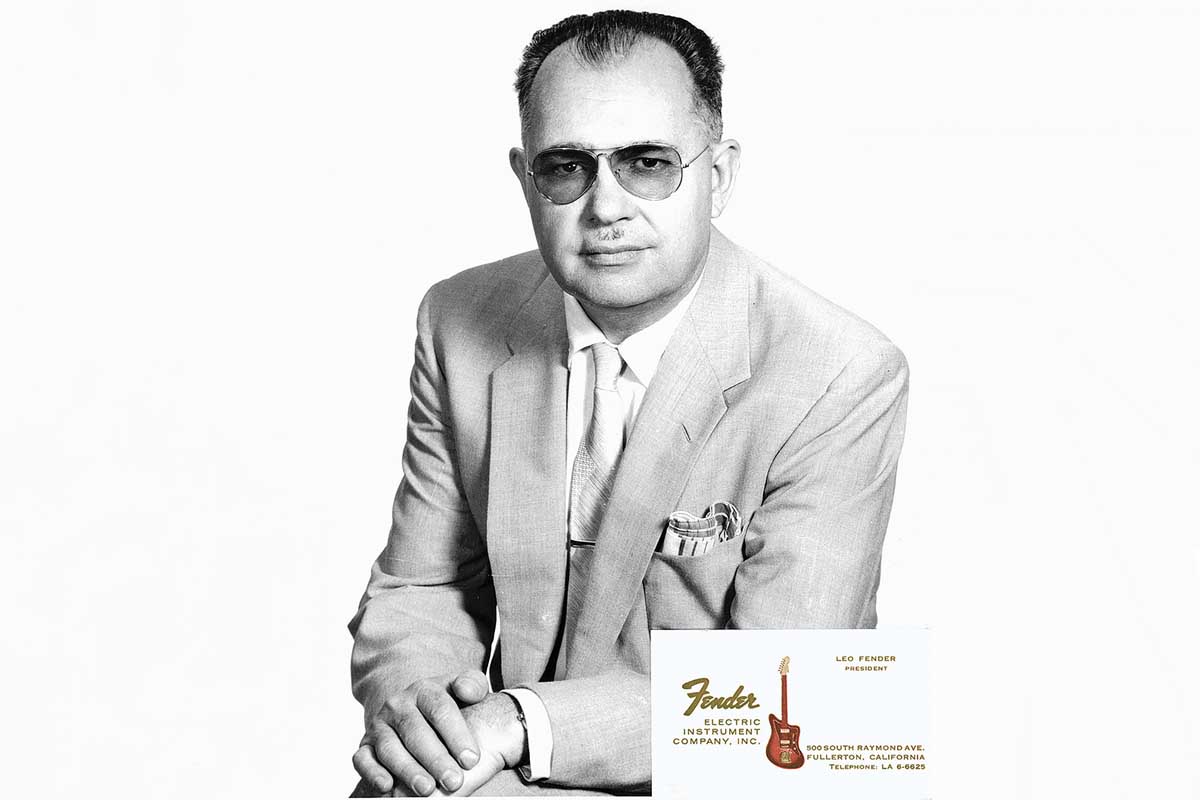
Arguably the man with the most famous name on a headstock, Clarence Leonidas Fender opened a radio shop in 1938 and later set up K&F, his first attempt at guitar and amp making. He founded the Fender Electric Instrument Co at the end of 1947, and the rest is definitely history: Telecasters, Stratocasters, Jazzmasters, and more – and all with that celebrated Fender logo.
23. Watt Fuller
Gibson’s first electric guitar, the E-150 steel of 1935, had a single pickup designed by Walt Fuller, an engineer at the company. The following year, Gibson introduced the ES-150, its first Spanish electric, which also sported Walt’s ‘Charlie Christian’ pickup with it Deco‑style hexagonal cover. In the late 40s, Walt trumped that and came up with Gibson’s classic mid-period single-coil pickup, the P-90.
24. Charlie Hayes
It’s not known who at Fender suggested that a Spanish electric might do well alongside the firm’s amps and steel guitars, but a strong candidate is salesman Charlie Hayes. If he did, it was by far Charlie’s most important contribution to Fender’s prosperity because the result was the Telecaster, first seen in 1950 as the Esquire and then the Broadcaster.
25. Grover Jackson
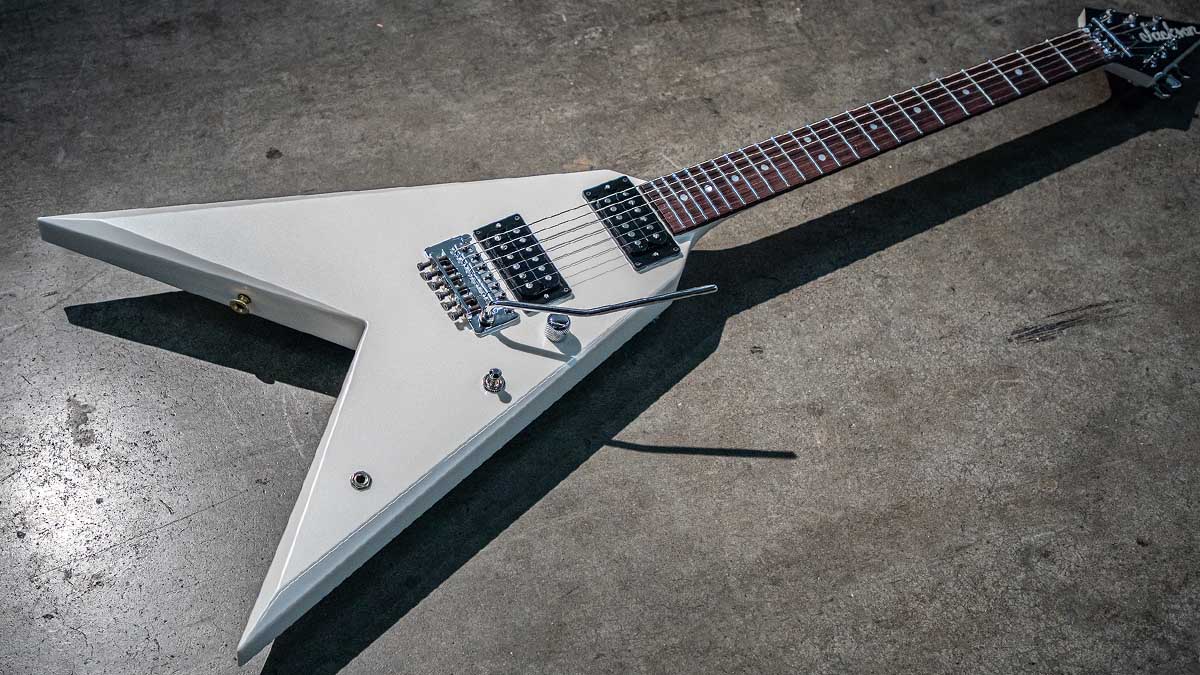
After Wayne Charvel sold his business to Grover Jackson in 1978, Grover developed Charvel- and Jackson-brand guitars and built some of the most popular extreme-rock models of the 80s.
He variously used pointy bodies, locking vibratos and a SuperStrat vibe, in particular with the Randy Rhoads models and Jackson Soloist. Grover left in 1989 following his firm’s acquisition by International Music Corporation (IMC) in 1985.
26. Gary Kramer
The biggest brand of the 80s was Kramer, thanks in no small part to its links to the decade’s biggest guitarist, Eddie Van Halen. Gary Kramer was a partner at Travis Bean, but in 1976 he split and started making Kramer metal-neck guitars. He left the company soon afterward, but his name appeared on all the subsequent Kramer SuperStrats that defined an era.
27. Seth Lover
Gibson’s humbucking pickup, introduced in electric guitars in 1957, was the brainchild of Seth Lover, who had joined the company in ’52.
His early achievements included Gibson’s Alnico pickup, but the hum-cancelling twin-coil ’bucker was his masterstroke. Seth also had a hand in the styling of the Flying V and Explorer, and when he moved to Fender in the late 60s he designed its own take on the humbucker.
28. Ted McCarty
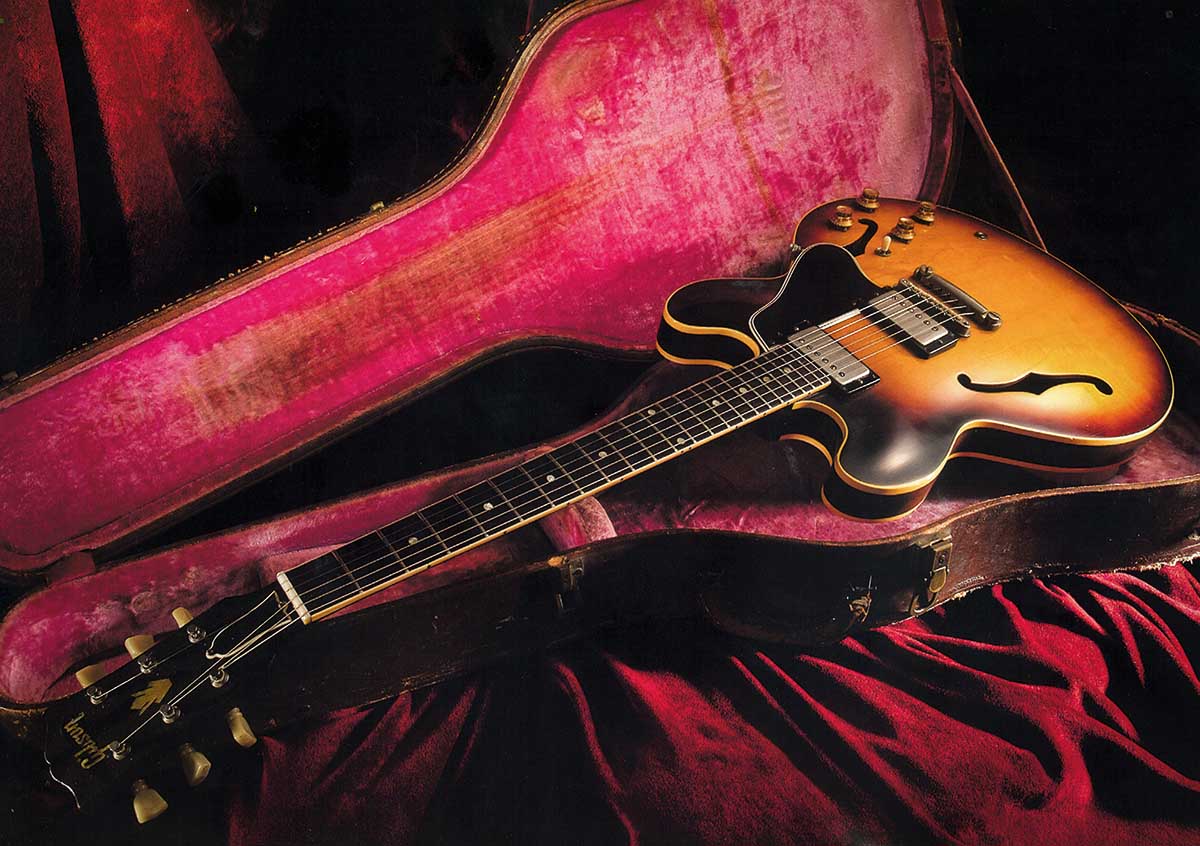
As president of Gibson during its golden age from 1950 to ’66, Theodore ‘Ted’ McCarty not only ushered in key guitars (the Les Paul, ES-335, Explorer, Flying V and Firebird), he also instructed Seth Lover’s humbucking pickup design and created the Tune-o-matic bridge.
He’s quoted as saying the ES-335 was his “second greatest achievement”: realising the idea of putting a solid block of maple in an acoustic model.
29. Ted McHugh
Working at Gibson, Thaddeus ‘Ted’ McHugh is credited with inventing the adjustable truss rod; the patent application of 1921 bears his name.
While the construction has evolved, particularly with the dual-action truss rod, the McHugh design (a single-action rod in a curved channel within the neck) is still the ‘vintage’ choice for Gibson and many others. It changed the stability and adjustability of the electric – and acoustic – guitar forever.
30. Johnny Melita
Gretsch’s Melita Synchro-Sonic appeared in 1952. It was the first guitar bridge to offer independent intonation adjustment for each string, potentially improving the guitar’s tuning accuracy.
It was brought to the Gretsch company by Sebastiano ‘Johnny’ Melita, who manufactured the units for Gretsch in his own workshop – and it beat Gibson’s similarly appointed Tune-o-matic version by about a year.
31. Semie Moseley
Working first at Rickenbacker in the 50s, Semie Moseley went on to set up his own Mosrite company in California, which lasted to the end of the 60s. The most famous Mosrite was the 1963 Ventures Model, with a body like a flipped Strat and a valuable endorsement from The Ventures, the biggest American instrumental guitar band of the day.
32. Ken Parker
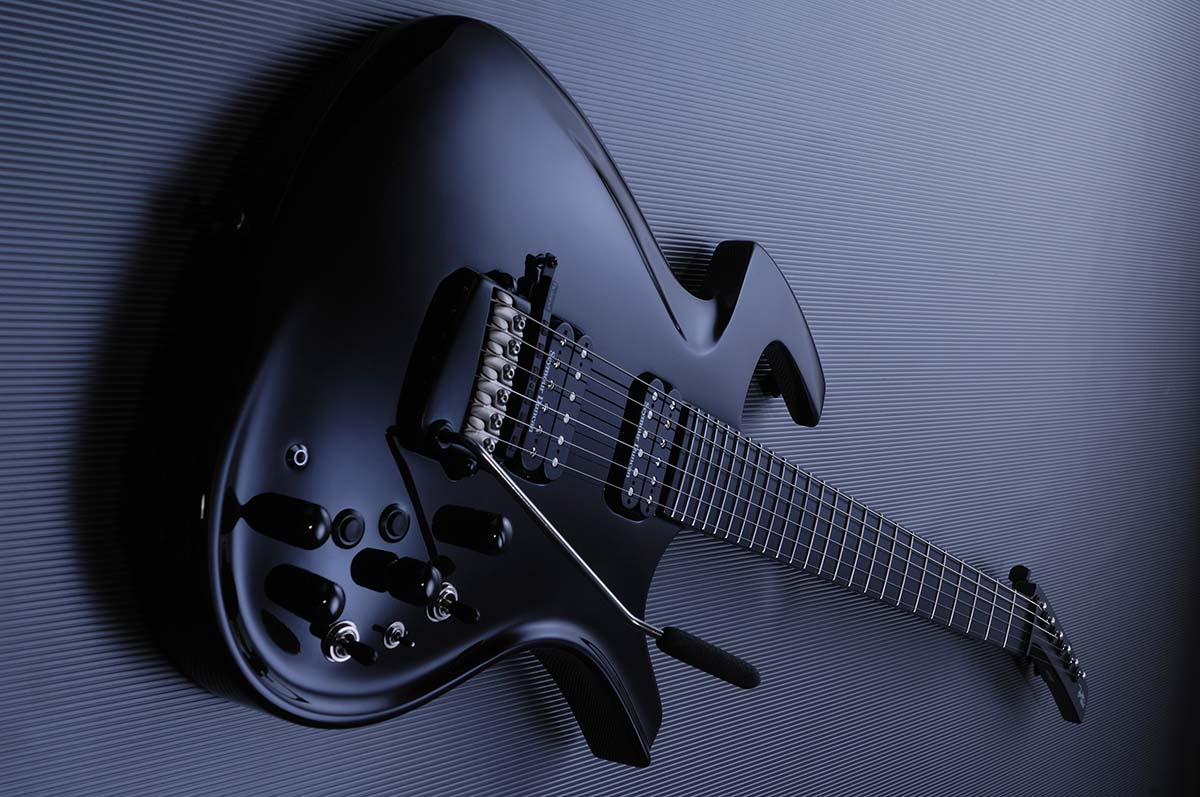
Parker Fly guitars, introduced in 1993 and designed by Ken Parker and Larry Fishman, used a radical construction – thin, lightweight wooden bodies strengthened with composite material at the rear, plus a small, stiff, light headstock.
Ken’s intention was to create a more versatile electric with the responsiveness of an acoustic. The company sold in 2003 and Ken returned to building his “first love” – archtop acoustics.
33. Les Paul
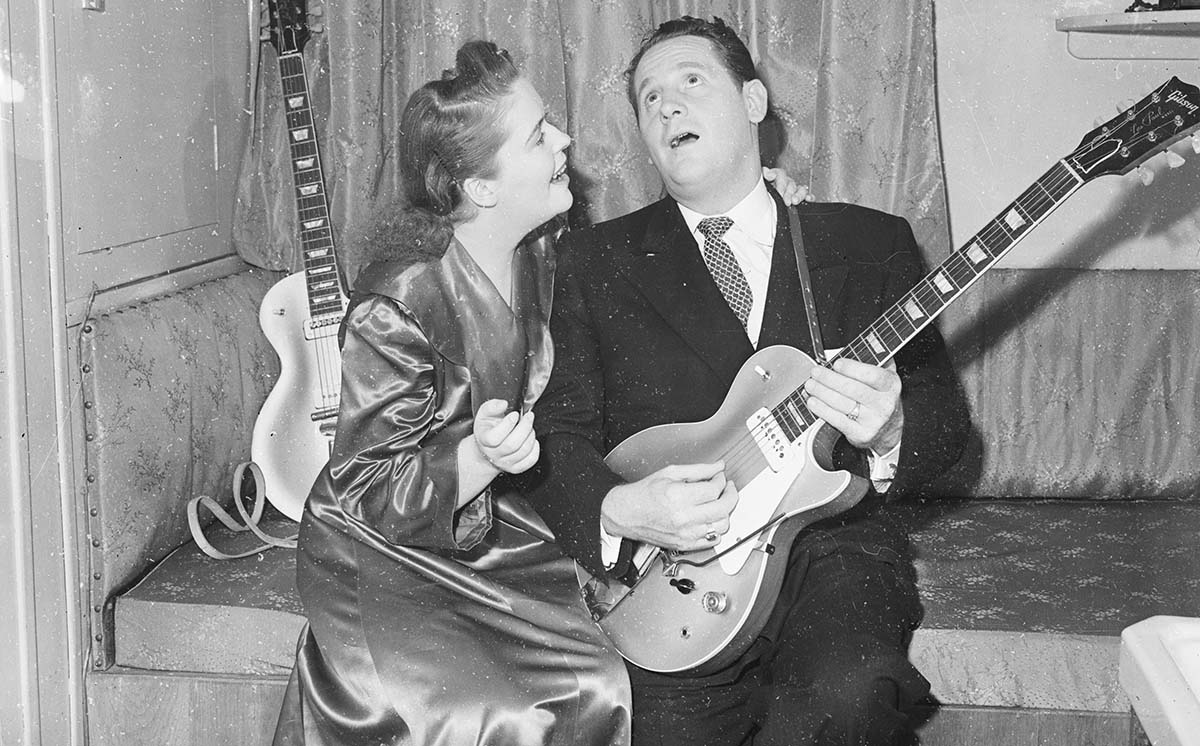
Best known for his endorsement of Gibson’s Les Paul models, Lester William Polfuss had very personal ideas about what an electric guitar should be.
Before the Gibson, he’d mashed up some parts to make his Log and a couple of Clunkers for himself and Mary Ford. Later, Les’s love of low impedance led to his idiosyncratic Les Paul Personal and Professional models.
34. Antonio Vandre Pioli
The Wandrè Rock Oval was probably the most outrageous creation of Antonio Vandrè Pioli, an Italian guitar maker with artistic leanings who designed remarkable instruments from the late 50s into the 60s.
Antonio’s unconventional ideas included an aluminium neck section and a suspension bridge with six hooks from which the strings could be hung. Business setbacks put a halt to his guitar making around 1970.
35. Alvino Rey
When Gibson developed its first electric in 1935, boss Guy Hart asked Lyon & Healy for an amp, and they in turn hired Alvino Rey, a guitarist and electronics buff. Alvino soon departed the project, but not before he told Gibson to add a tone control to its E-150 steel. It was the first time more than one control had featured on an electric guitar.
36. Bernie Rico
The founder of BC Rich, Bernie Rico was known during the 70s and 80s for his through-neck, pointy-body solids that often boasted onboard active preamps and a sea of switches and knobs.
Models included the angular Mockingbird and an exotic 10-string Bich, both introduced in 1976. Bernie died in 1999, and ownership of the BC Rich brand has shifted several times since.
37. Luther Richie
Some National and Supro fibreglass-body models of the late 50s into the 60s had an extra bridge-mounted Silver-Sound pickup. This didn’t work like today’s piezo bridge pickups, but nonetheless it was an early effort to provide an electric with amplified acousticlike sound. Designer Luther Ritchie modified a regular pickup, inserting its polepieces into a single-saddle bridge and connecting them to coils in the base.
38. Floyd Rose
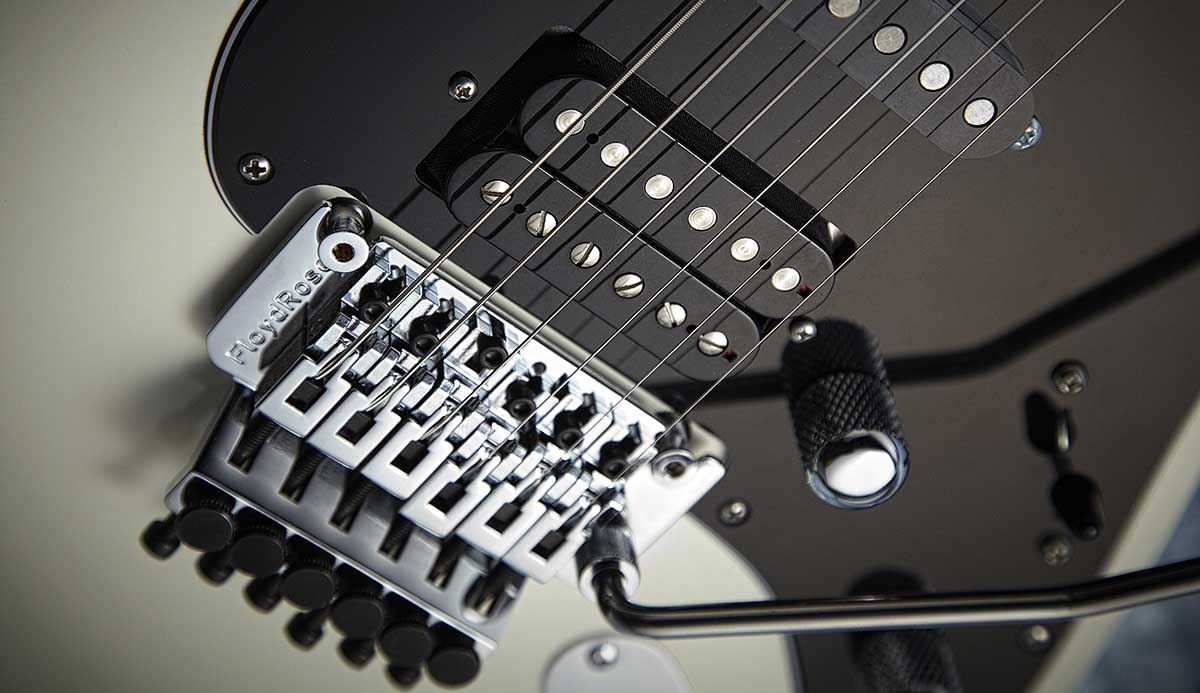
Dissatisfied with his guitar’s wang bar, Floyd Rose made some adjustments and his 1979 patent showed a Strat-style vibrato with string locks at the saddles and at the nut.
It was designed to overcome a drawback of many vibratos, where strings would creep across saddles and nut and go out of tune. Floyd’s further patent of 1985 added fine-tuners, and the locking vibrato system was born.
39. Roger Rossmeisl
Rickenbacker hired the German guitar maker Roger Rossmeisl in the 50s to design new models, including the firm’s early Combo electrics.
His most famous Rickenbacker design led to the company’s stylish Capri 325, 330 and 360 models, which found wide fame in the 60s. Roger left Rickenbacker for Fender in 1962, where his work included the Rosewood Telecaster, Coronado and Thinline Telecaster models.
40. Babe Simoni
Retro mash-ups are common today, but there was an early take on the idea in the late 60s when Fender product manager Babe Simoni suggested converting some unused parts into ‘new’ models.
The results were the Swinger, mating unwanted Musicmaster or Bass V bodies with unpopular short-scale Mustang-style necks, and the Custom (or Maverick), converted from unused Electric XII necks, bodies and pickups.
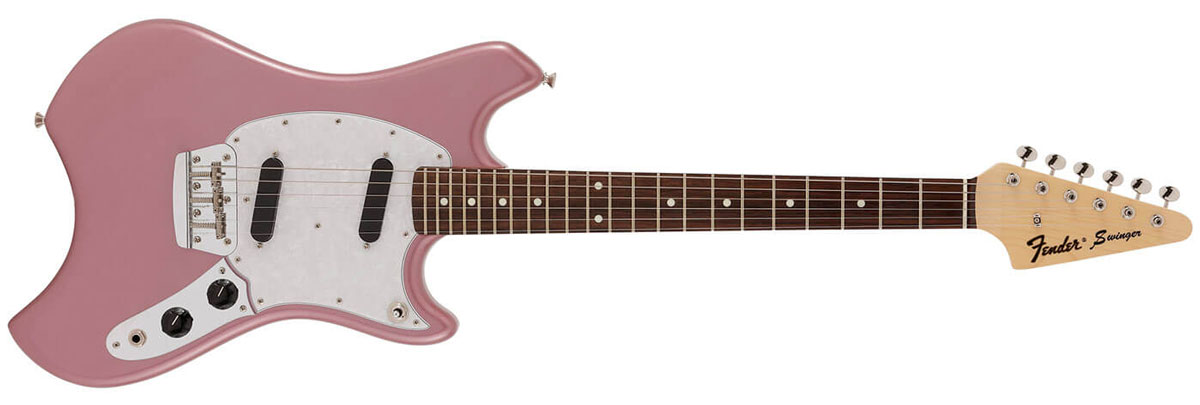
41. Paul Reed Smith
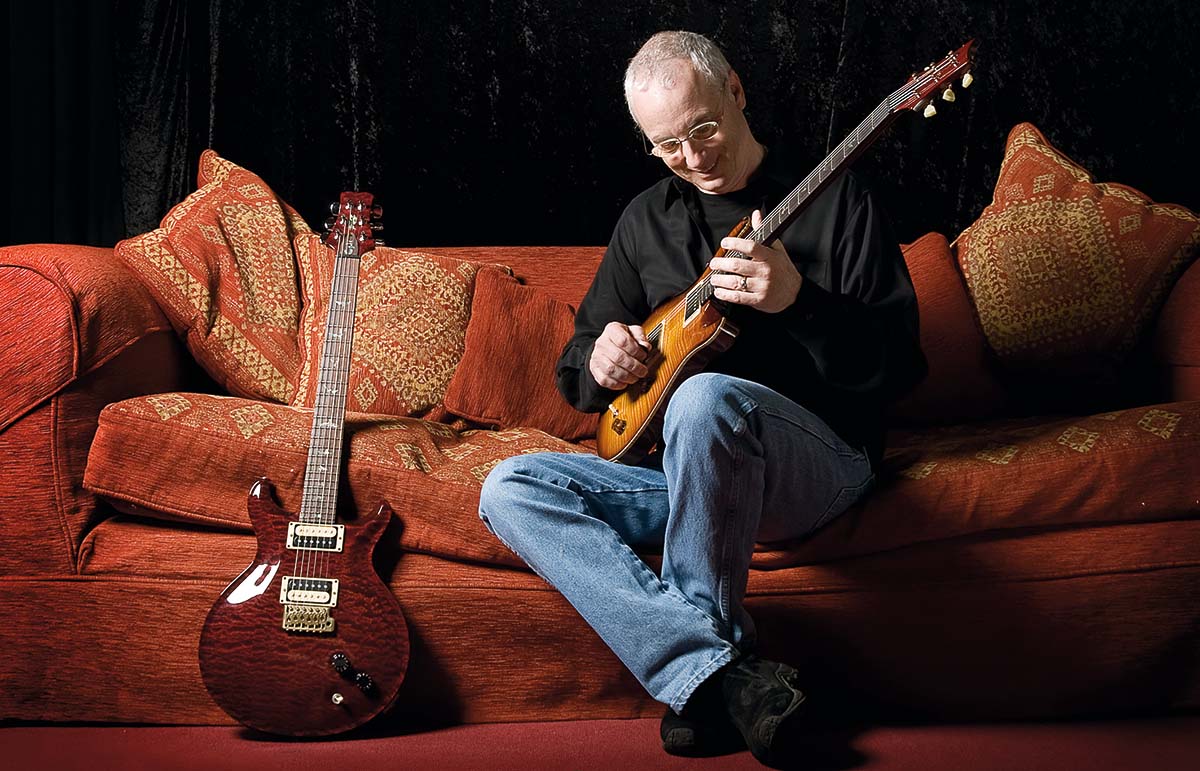
Combining the best of Gibson and Fender for a fresh take on solidbody electrics, Paul Reed Smith’s PRS guitars mixed a Les Paul-like carved, figured maple top and humbuckers with Stratocasterstyle double cutaways and through-body stringing. PRS was established in the mid- 80s, and by the following decade the brand was attracting players who might otherwise have chosen an axe from the big two.
42. Ned Steinberger
First aiming at basses, Ned Steinberger completely revised the way a modern guitar could be designed and made. Soon, his radical ideas – headless neck, tuners at the end of a tiny body, all made from a composite material – appeared also on six- string and 12-string guitars. Ned’s designs were influential for a while, especially the headless feature, but soon tradition was back in place.
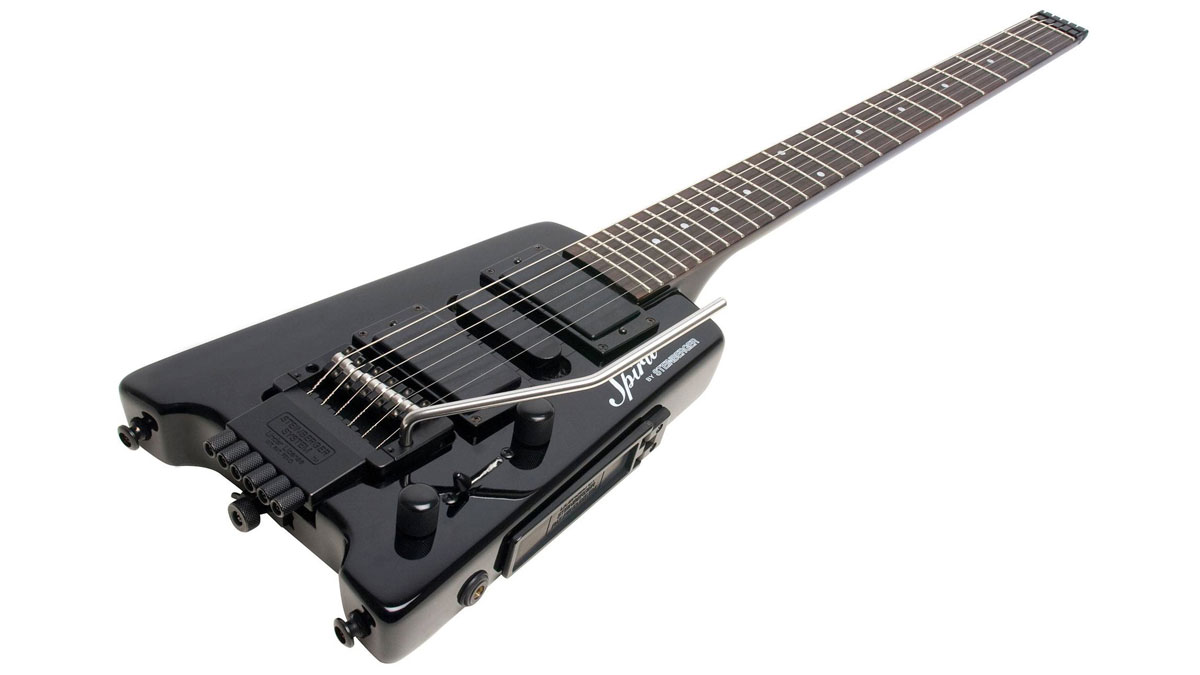
43. Herb Sunshine
Epiphone hired Herb Sunshine in the 1930s to develop electric instruments, and Herb in turn hired Nat Daniel, later of Danelectro fame, to create the necessary amplifiers. Herb designed a new pickup for Epiphone/Electar, the first with screw polepieces, allowing height adjustment for individual string volume. His patent for this ‘magnoelectric pick-up device’ was assigned to Epiphone and granted in 1939.
44. Freddie Tavares
An important addition to the Fender team in 1953 was the steel guitarist Freddie Tavares, who liaised with musicians and helped design the Strat, Jazzmaster and more. Freddie’s best-known studio work was the swooping steel intro over the titles of the Looney Tunes cartoons, and he played on more than 500 sessions with everyone from Doris Day to Elvis Presley, Bing Crosby and Dean Martin.
45. Ulrich Teuffel
The Teuffel Birdfish is the bestknown design by the German guitar maker Ulrich Teuffel. It looks nothing like a regular guitar, and instead has a skeletal aluminium frame and two wooden bars instead of a conventional body, coupled with a headless neck and interchangeable pickups. Ulrich has made the Birdfish since 1995 alongside a number of other models, including the elegant Teuffel Tesla Prodigy.
46. Chip Todd
At Peavey in Mississippi at the end of the 70s, Hartley Peavey and Chip Todd designed the Peavey T-60 solidbody electric, first sold in ’78. It was a sign of the trend at the time toward Fender-meets- Gibson designs, but notably it was the first guitar constructed using computercontrolled woodworking machines, known as CNC (computer numerical control) and standard today throughout the industry.
47. Rick Turner
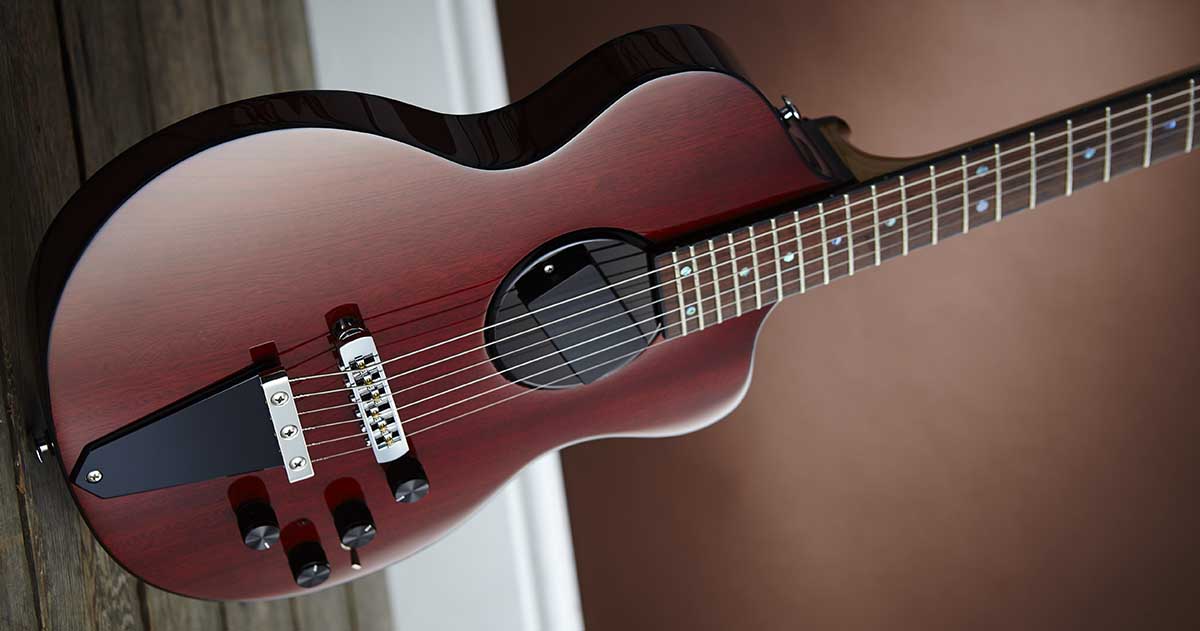
Alembic is a Californian company that grew up around the Grateful Dead, and while the brand is best known for its electric basses, the firm also produced guitars. Rick Turner was responsible for most of the key designs and innovations, which inspired several other makers in the 70s and into the 80s to try active electronics, visible throughneck construction with exotic woods, and brass hardware.
48. Jimmie Webster
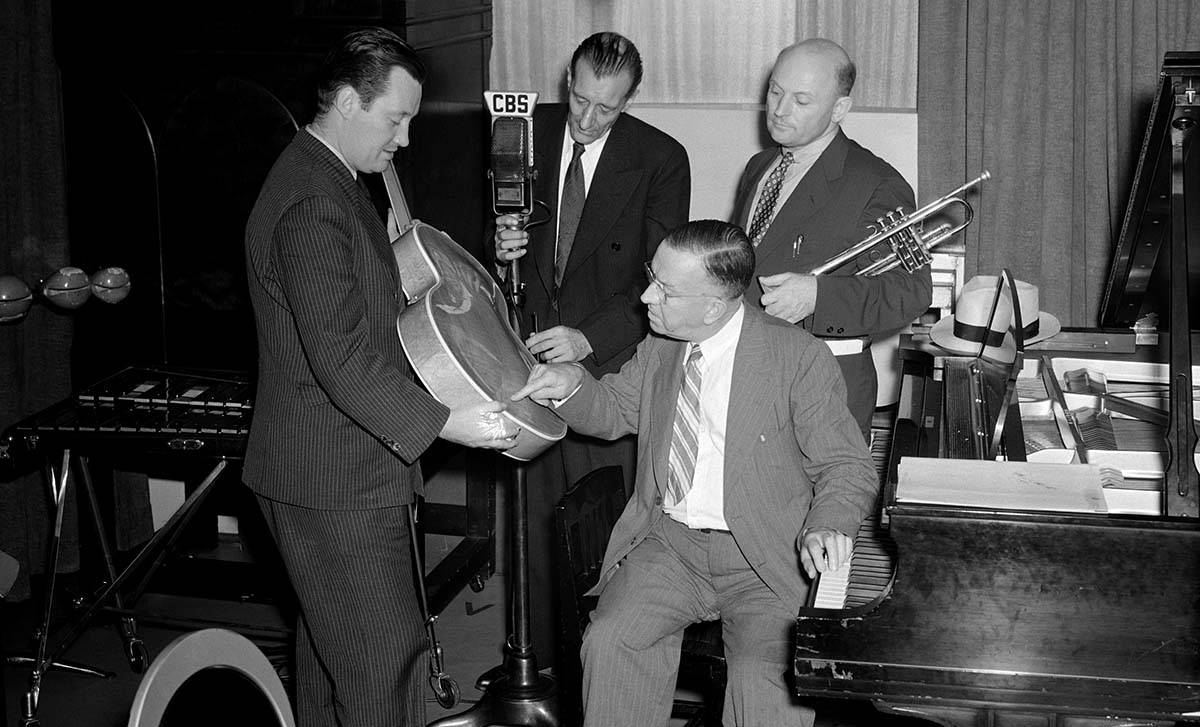
In 1946, Jimmie Webster joined Gretsch, soon becoming the company’s chief ideas man. A guitarist, pianist and piano tuner, he was the main driving force behind Gretsch’s sometimes wacky approach to guitar design. He signed up Chet Atkins for the 6120 and Country Gentleman signature models and developed the firm’s innovative stereo models, but Jimmie’s most spectacular creation was the dashing Gretsch White Falcon.
49. Forrest White
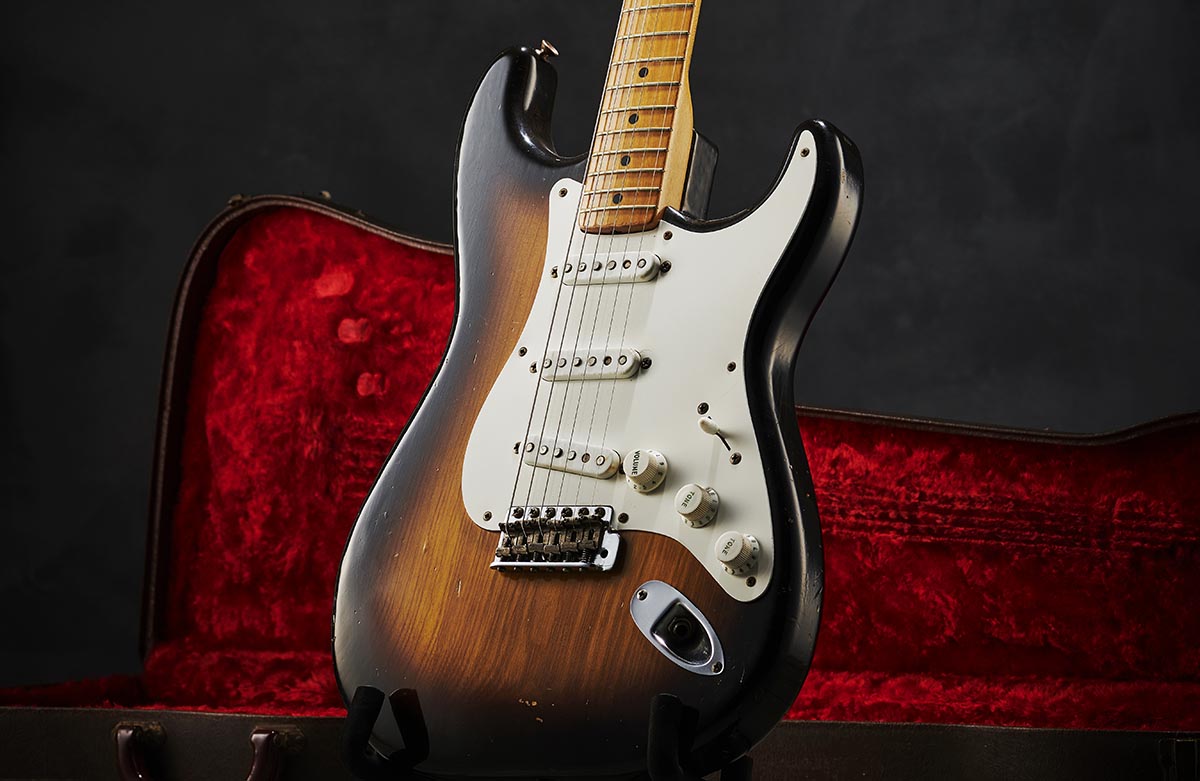
The job of factory manager at the fledgling Fender company fell to Forrest White, who joined in 1954, just in time to see the new Stratocaster inching along the production lines. Forrest soon had the somewhat disorganised factory operating more smoothly, and he also helped develop the Jazzmaster’s dual-circuit feature. He remained at the company until just after CBS took over, leaving in 1967.
50. Dean Zelinsky
At a time when Gibson was faltering, the Dean brand joined the 70s trend for enhanced versions of Gibson classics, alongside some eyebrow-raising adverts. Dean Zelinsky’s first three models, in 1977, were the V, Z and ML, which mixed Flying V and Explorer features and created some of the pointiest guitars yet, soon seen among the prime weapons arming many a metaller.
“It holds its own purely as a playable guitar. It’s really cool for the traveling musician – you can bring it on a flight and it fits beneath the seat”: Why Steve Stevens put his name to a foldable guitar
“Finely tuned instruments with effortless playability and one of the best vibratos there is”: PRS Standard 24 Satin and S2 Standard 24 Satin review









